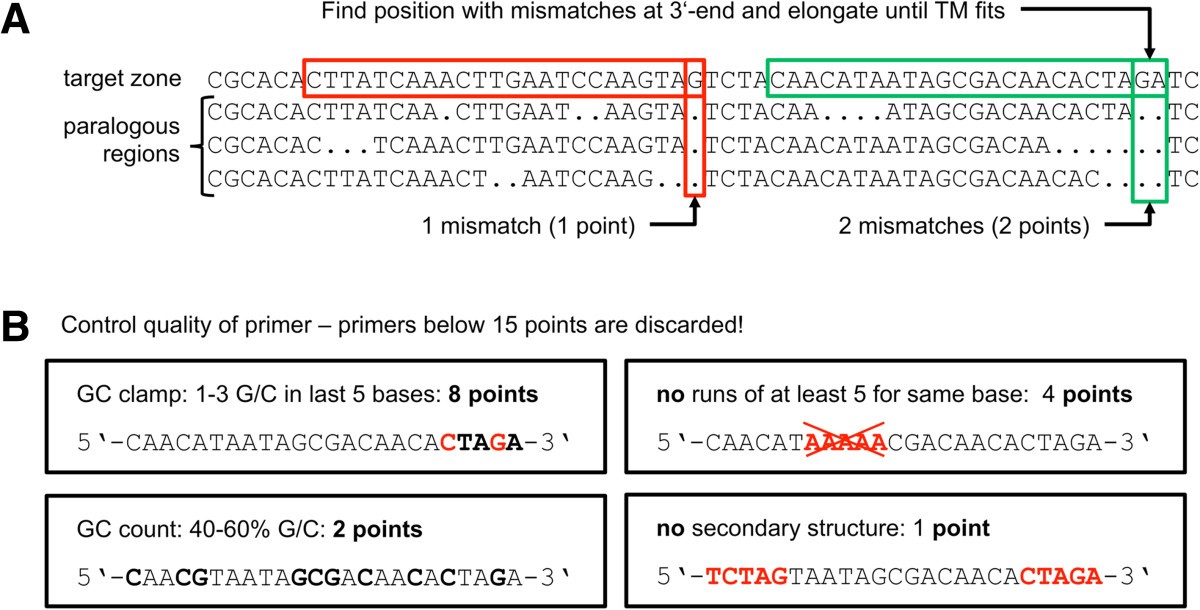

Identifying viral genetic material using the PCR technique is considered the gold standard for determining SARS-CoV-2 in nasal swab samples from symptomatic patients. The availability of these primer and probe sequences will make it possible to validate more efficient protocols for identifying SARS-CoV-2. In silico predictions also demonstrated that those primers do not bind to nonspecific targets for human, bacterial, fungal, apicomplexan, and other Betacoronaviruses and less pathogenic sub-strains of coronavirus. We obtained nine systems (forward primer + reverse primer + probe) that potentially anneal to highly conserved regions of the virus genome from these analyses. We subsequently validated those primers and probes in 211,833 SARS-CoV-2 whole-genome sequences. In this work, we designed and described a set of primers and probes targeting conserved regions identified from a multiple sequence alignment of 2341 Severe Acute Respiratory Syndrome Coronavirus 2 (SARS-CoV-2) genomes from the Global Initiative on Sharing All Influenza Data (GISAID). Accurate designing of polymerase chain reaction (PCR) primers targeting conserved segments in viral genomes is desirable for preventing false-negative results and decreasing the need for standardization across different PCR protocols.


 0 kommentar(er)
0 kommentar(er)
